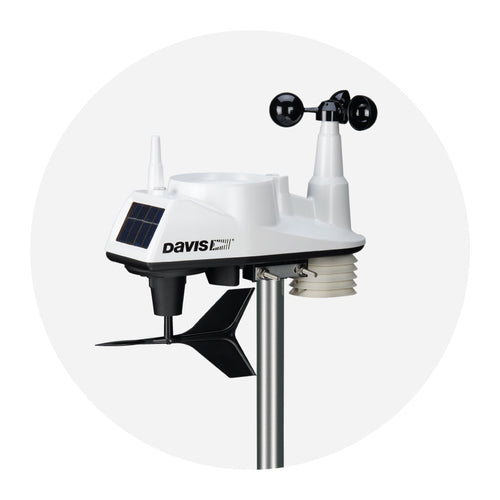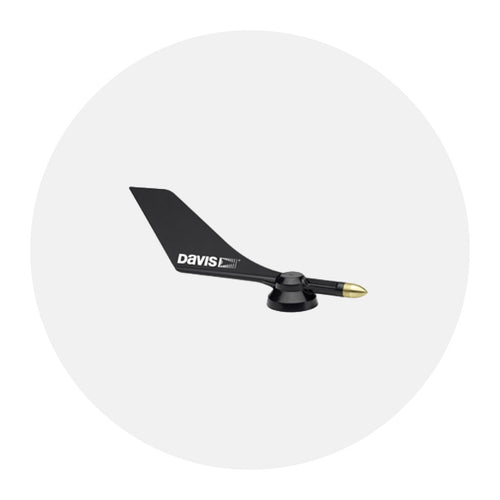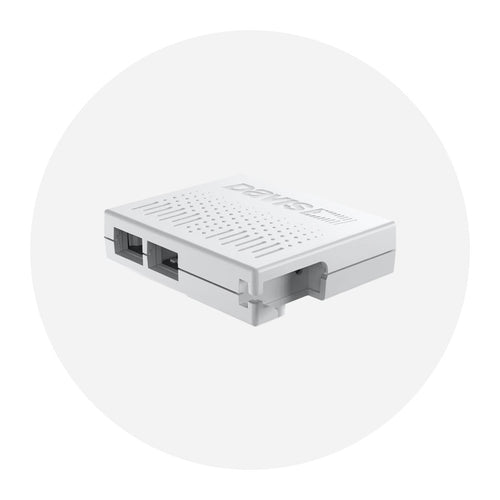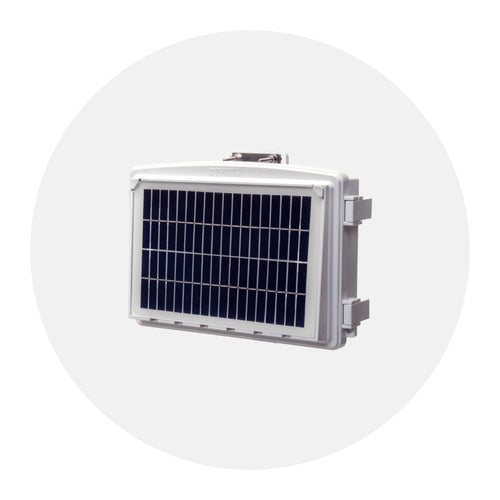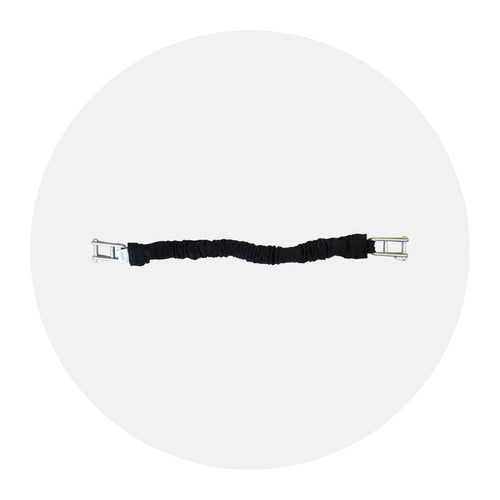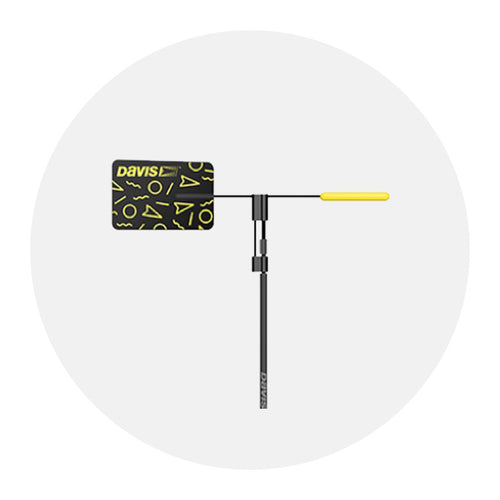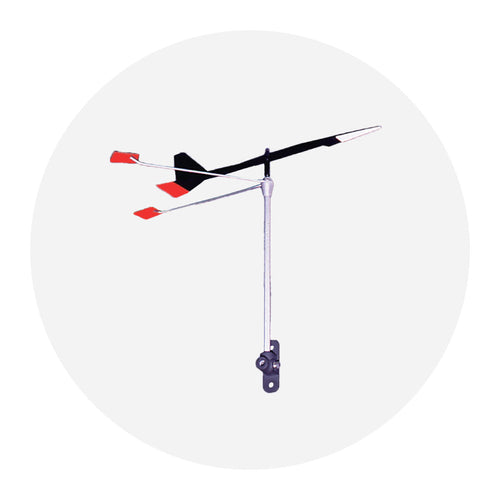A mooring snubber is a device used in boating to absorb shock and reduce strain on the mooring lines or dock lines. It is commonly used when a boat is secured to a mooring ball, anchor, or dock.
The purpose of a mooring snubber is to provide elasticity and flexibility in the mooring system. When a boat is subjected to wave action or strong currents, the snubber acts as a shock absorber, dampening the sudden jerking or pulling forces on the lines. This helps to protect the boat's cleats, deck fittings, and the mooring or dock structure from excessive stress and potential damage.
 A typical mooring snubber consists of a length of flexible line, often made of nylon or a similar stretchy material. Some snubbers consist of a solid piece of rubber that allows the dock line to be woven or pressed into the snubber.
A typical mooring snubber consists of a length of flexible line, often made of nylon or a similar stretchy material. Some snubbers consist of a solid piece of rubber that allows the dock line to be woven or pressed into the snubber.
 Other snubbers, such as the Davis LineSnubber, utilize bungee material; multiple loops of bungee material are wrapped inside a nylon sheath that protects from UV and abrasion.
Other snubbers, such as the Davis LineSnubber, utilize bungee material; multiple loops of bungee material are wrapped inside a nylon sheath that protects from UV and abrasion.  The snubber is attached between the boat's cleats or deck fittings and the mooring ball or anchor chain, using a clove hitch or tool, such as the Davis LineGrabber. As the boat moves with the waves or current, the snubber stretches and absorbs the energy, preventing it from being directly transferred to the boat and mooring lines.
The snubber is attached between the boat's cleats or deck fittings and the mooring ball or anchor chain, using a clove hitch or tool, such as the Davis LineGrabber. As the boat moves with the waves or current, the snubber stretches and absorbs the energy, preventing it from being directly transferred to the boat and mooring lines.
The mooring snubber is designed to have a certain amount of elasticity and stretch, allowing it to handle varying loads and provide a degree of shock absorption. It is important to choose a mooring snubber that matches the size and weight of the boat and the expected conditions in which it will be used.
Using a mooring snubber can help improve the safety and longevity of the mooring system by reducing the risk of line breakage, deck fittings damage, and excessive strain on the boat and its components. It is a valuable tool for boaters who frequently moor their boats or face challenging conditions at the mooring or dock.


